Optimal Timing for Foundation Repairs
Foundation repairs are most effectively performed during specific times of the year when environmental conditions are optimal. Temperature, moisture levels, and ground stability significantly influence the success of repair projects. Understanding these factors can help determine the ideal timing for foundation work.
Spring offers moderate temperatures and increased ground moisture, which can facilitate certain repair methods. However, excessive rain can delay projects.
Summer provides longer daylight hours and stable weather, making it suitable for foundation work. Care must be taken to avoid high heat and drought conditions.
Fall is often ideal due to cooler temperatures and less precipitation. Ground conditions are typically stable, allowing for effective repairs.
Winter can pose challenges due to freezing temperatures and frozen ground, which may hinder excavation and foundation stabilization.
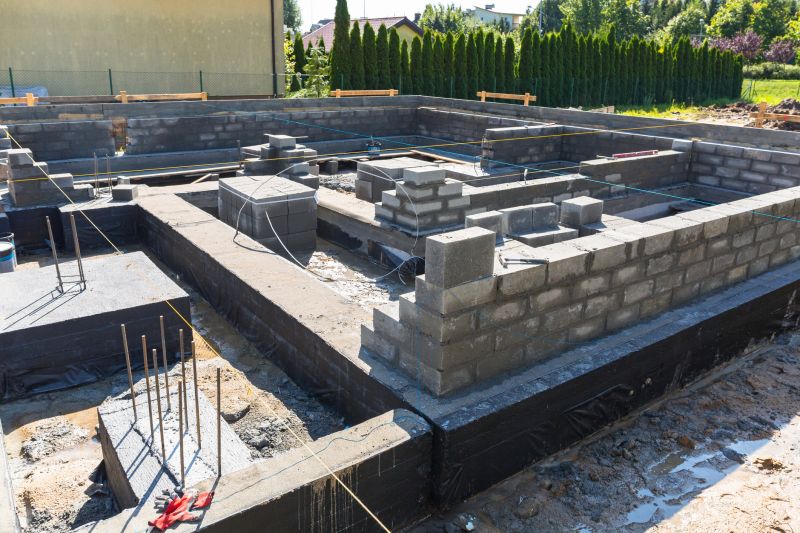
Spring's increased moisture helps with soil expansion and contraction, aiding certain repair techniques.
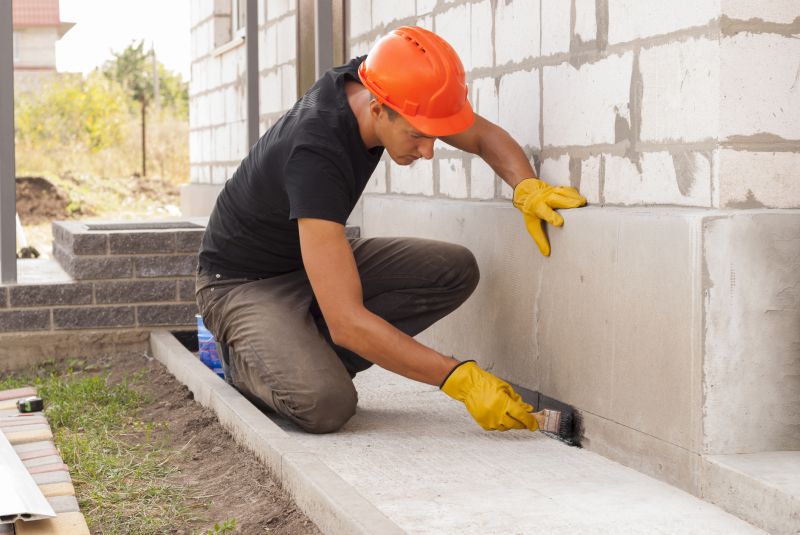
Summer's stable weather allows for uninterrupted work, but high temperatures require precautions.
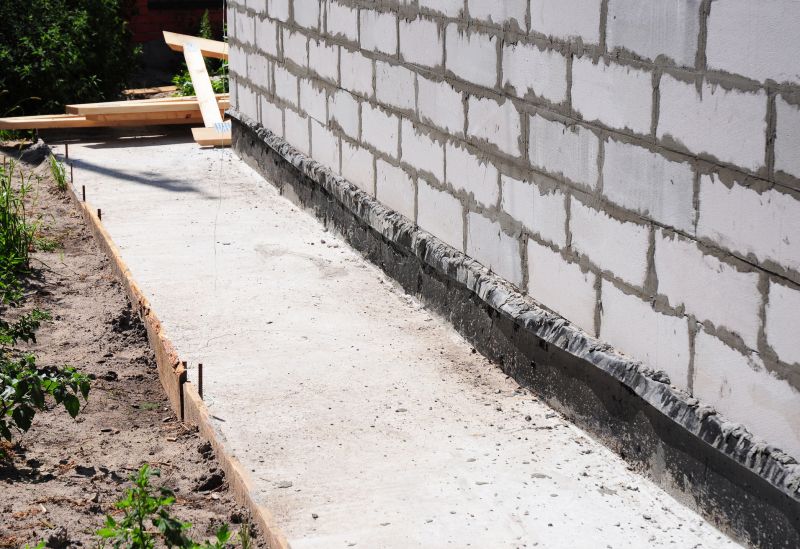
Fall's cooler temperatures and stable ground make it a preferred season for foundation repairs.
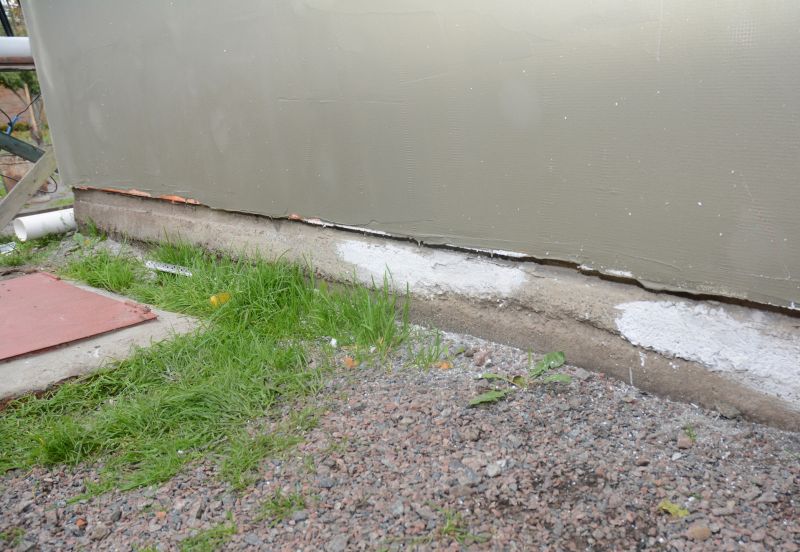
Winter's cold temperatures can delay repairs due to frozen ground and weather constraints.
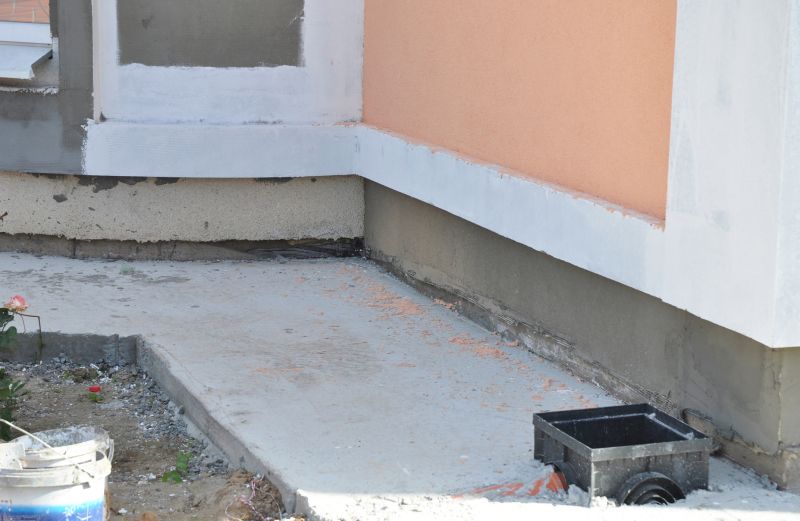
Ways to make Foundation Repairs work in tight or awkward layouts.
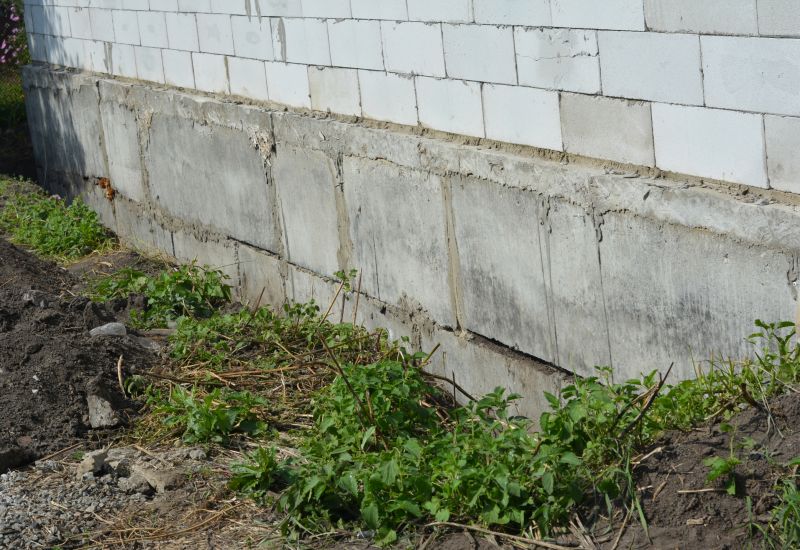
Popular materials for Foundation Repairs and why they hold up over time.
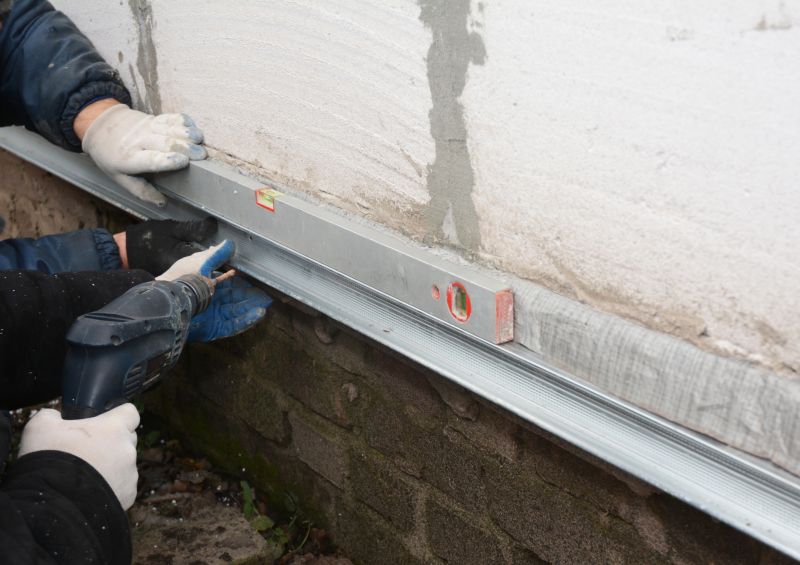
Simple add-ons that improve Foundation Repairs without blowing the budget.

High-end options that actually feel worth it for Foundation Repairs.
| Season | Optimal Conditions |
|---|---|
| Spring | Moderate temperatures, increased moisture, potential for rain delays |
| Summer | Long daylight hours, stable weather, high temperatures |
| Fall | Cooler temperatures, less precipitation, ground stability |
| Winter | Freezing temperatures, frozen ground, weather-related delays |
Foundation repairs are critical for maintaining structural integrity and preventing further damage. Seasonal considerations can impact the effectiveness and timing of repairs. Proper timing ensures that repairs are durable and minimize potential disruptions caused by weather conditions. It is important to evaluate local climate patterns and ground conditions before scheduling foundation work.

The process involves soil analysis, stabilization techniques, and reinforcement to ensure long-term stability.
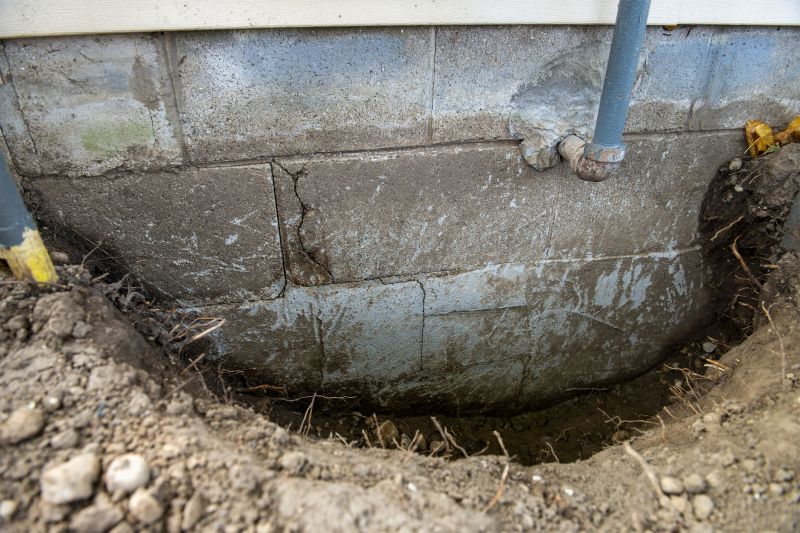
Cracks can indicate shifting or settling; timely repairs prevent further damage.
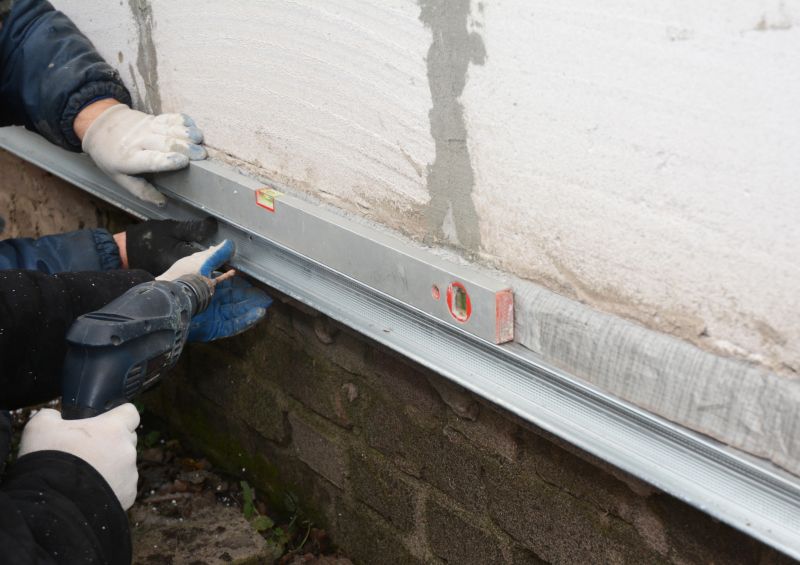
Stabilization methods include underpinning and piering to support the foundation.
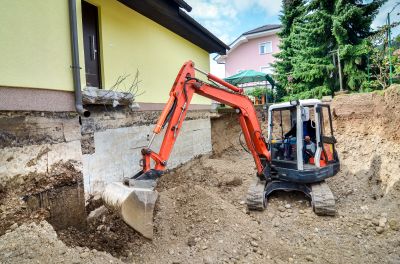
Specialized equipment is used for excavation, lifting, and reinforcement.
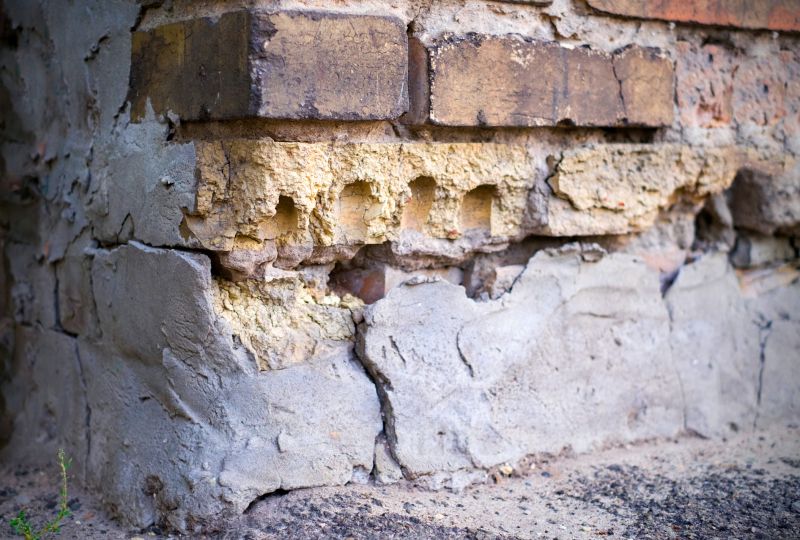
Finishes and colors that play nicely with Foundation Repairs.

Little measurements that prevent headaches on Foundation Repairs day.
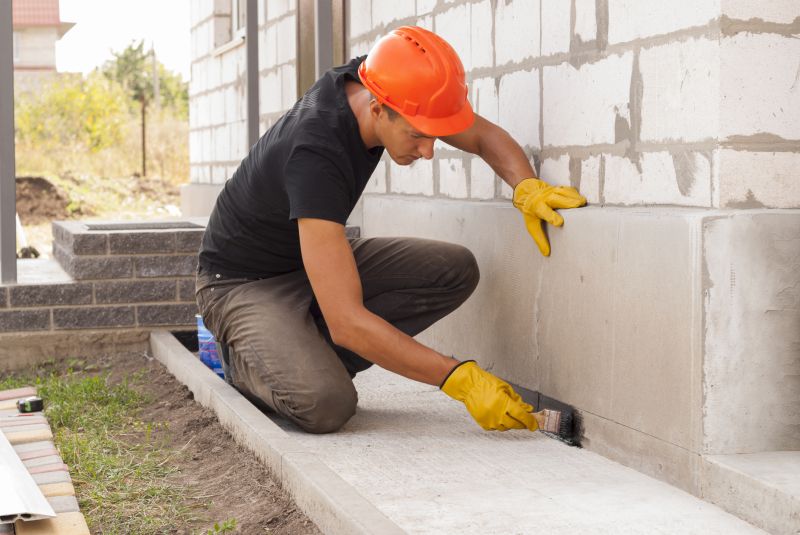
A 60-second routine that keeps Foundation Repairs looking new.
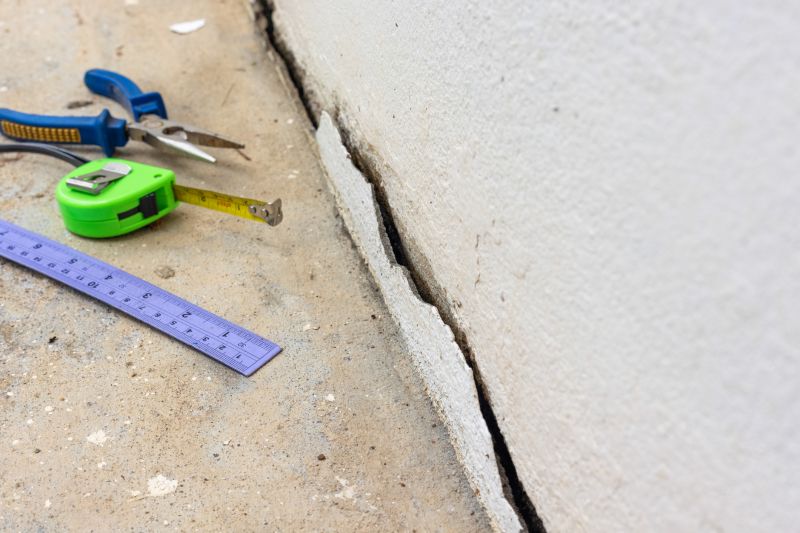
A frequent mistake in Foundation Repairs and how to dodge it.
Understanding the seasonal factors influencing foundation repairs can lead to better planning and outcomes. Consulting with foundation specialists can help determine the most suitable time for repairs based on local conditions. Proper timing enhances the durability of repairs and minimizes the risk of future issues.
Those interested in foundation repair services are encouraged to contact for further information. Filling out the contact form provides an opportunity to discuss specific needs and schedule assessments at the most appropriate time for effective repairs.


